How to Select Line
Main Line
Line and hooks are the most essential pieces of fishing equipment. They form the crucial link between fish and angler. For float fishermen, the line must offer more than just great strength. It must have high buoyancy, the right amount of stiffness for casting and good abrasion resistance.
Line that floats on the surface, such as Raven® Main Line, can be easily mended upstream to keep the float running true. Most braided super lines also float, but are so limp that they tend to create nasty tangle-ups when casting and should be avoided.
Spool up with a main line that is at least two to four pounds heavier than the heaviest leader line you normally use. This is vital to ensure that when you get snagged, only the leader will break off. You’ll keep most of your rig intact and you’ll only need to tie on a new leader and hook. For most Great Lakes steelhead 10 lb line would be ideal, for ocean-run steelhead 15-20 lb line would be a better choice. When trying to break off the leader, ALWAYS point your rod towards the snag, grab hold of the spool and slowly walk backwards. NEVER jerk on the rod trying to pop out of the snag; this will only overstress the rod and lead to breakage.
High-visibility (hi-vis) line will help you keep track of your float and see when the line needs mending. In a crowded fishing venue, a hi-vis line will also help prevent tangle-ups with others. However, low-visibility (low-vis) line provides a more natural presentation in clear water.
When spooling up your reel, fill it to a maximum of about 1/4” from the edge of the lip of the spool. This helps keep the line from falling off the spool and tangling when casting. Also, remember to keep the filler spool parallel to your reel while winding. Never reel the line off the end of the filler spool, as this will cause a huge amount of line twist.
It is good practice to cut off the last few yards of your line at the end of every day and re-rig the float and shots before your next time out. This will avoid excessive wear on the last section of line that might lead to an unfortunate surprise break.
Leader Line
Always use a fluorocarbon leader line, such as Drennan Fluorocarbon or Raven Invisible, as it is far superior to regular nylon monofilament line. Fluorocarbon line is much less visible underwater than regular monofilament, making the bait presentation more natural. It is also more abrasion resistant; taking abuse that would easily wear through regular leader line.
Make sure to match the strength of your leader line to the size of bait and hook that you are using:
- Small baits (small roe bags, micro jigs, tiny plastic worms, nymphs) and small hooks (No.10 and smaller) use light leader line (Raven 3.4 to 4.5 lb or Drennan 3 and 4 lb leader)
- Standard baits (roe bags, bead-head jigs, plastic worms, woolly buggers and egg-sucking leeches) and average size hooks (No.4 to 12) run medium strength leader line (Raven 5.6 to 8.4 lb or Drennan 5 and 6 lb leader)
- Large baits (skein chunks, lead-headed jigs, 4-6” plastic worms) and large hooks (No.6 and up) use heavy leader line (Raven 8.4 lb or Drennan 8 lb+ leader)
Don’t be afraid to increase the strength of the leader to deal with snags or for fighting fish in strong current.



Leave a reply